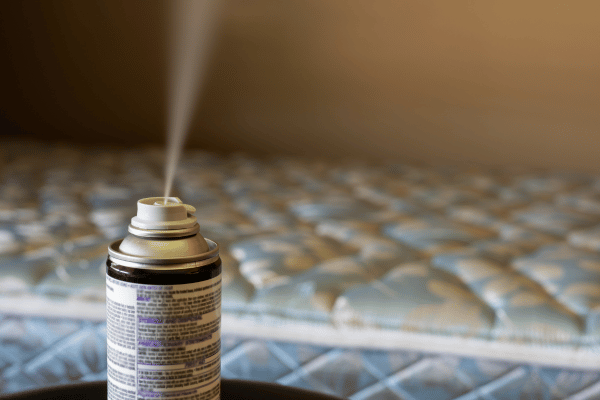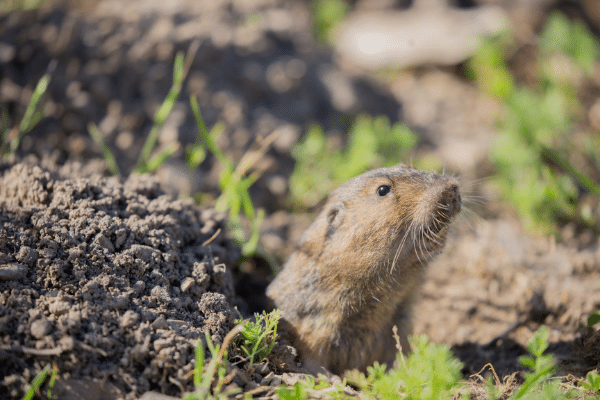Raid Flea Spray
This post may contain affiliate links so I earn a commission.
Raid Flea Spray is ubiquitous.
Products that have become so common, with their use spanning multiple generations, create a shift in thought away from questioning its effectiveness and safety.
Complacency creates an infertile mind, and in its boundaries we forget to question and learn.
In the last few generations there has been a major shift in the way that people handle insects in their homes.
A great deal of knowledge concerning our environment has been abandoned for what have now become conventional and convenience methods.
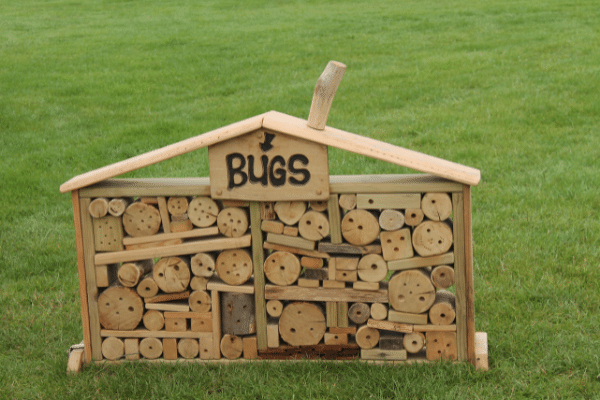
These methods like the preemptive spraying of our homes with Raid and other poisons have resulted in our basic understanding of how to keep a healthy home being lost.
Lost knowledge that has resulted in us exposing our families to dangerous chemicals in the name of safety and comfort.
Raid Flea Spray - What Is It?
There may be times when the use of industrial poisons like raid flea spray is warranted, but it is important to remember that these chemicals are supposed to be used with personal protection equipment or PPEs like an impermeable suit, gloves, and a respirator.
In residential use these chemicals cause a very high level of initial and long-term exposure to known carcinogens and neural disruptors.
It should then be easily understood why these products are not ideally applicable to most residential and commercial applications without exposing the public to a severe public health risk.
Raid Flea Spray has a mixture of N-Octyl Bicycloheptene Dicarboximide, Pyrethrins, Tetramethrin, and s-Methoprene as its labeled active ingredients.
These chemicals alone have their own effects on insect and animal health and mortality.
Together they act as synergists, expanding upon and enhancing the action of the others.
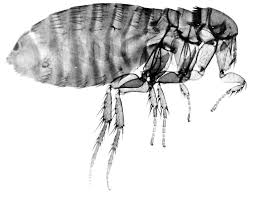
To determine the application rates and safe exposure time for any industrial insecticide or co-agent there are many things that have to be taken into consideration environmentally.
While it is true that these chemicals independently have been shown to have approximate half lives, or the time it takes for ½ of the applied mixture to lose its effect, you have to remember that those studies were done in a controlled laboratory environment not in your home.
That same lab environment would not come close to mimicking the environmental conditions required for fleas to reproduce.
So what do you do?
You want pets?
Do you want to live in a wooded area that's outside of a city environment?
You find that where you moved has a high relative flea population outdoors that love to breed in your basement or laundry room.
Do you just change your life, and give up promises already made to family?
Stopping A Flea Infestation
Flea infestation can drive you crazy.
It can make your home a nightmare, where every feeling you have will convince you it’s another flea.
Maybe you do need to use raid flea spray, but if you do, you also need to do two other things.
First, spray or bomb strongly enough to kill the infestation and use personal protective equipment.
Move out until you know that the poison is no longer a potential health hazard.
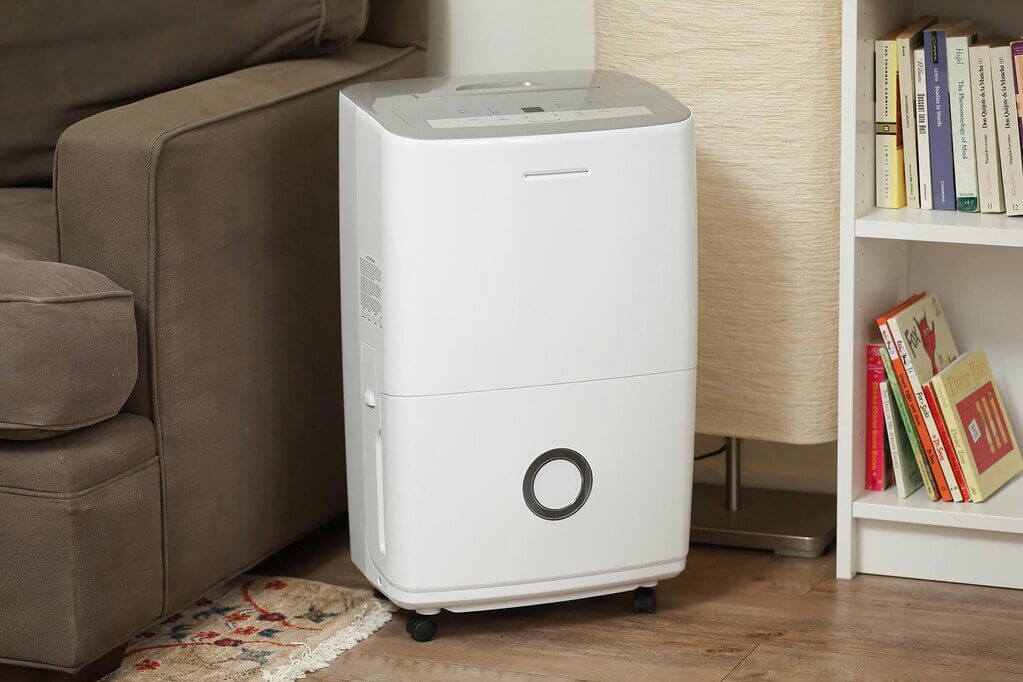
This is the reason it is often better to leave things like this to professionals with a better understanding of how these chemicals work and when they are relatively safe to you.
Number two and most important, learn what fleas need to thrive and change those characteristics in your home.
Number two can be as easy as getting a dehumidifier to dry out problem areas and keep them below 50% relative humidity, and having a regular vacuuming and pet bed cleaning schedule.
Fleas in their first three phases of life cannot survive in environments below 50% relative humidity.
Regularly vacuuming and cleaning your animals bedding will ensure that you get the adult ones that linger or find their way in.
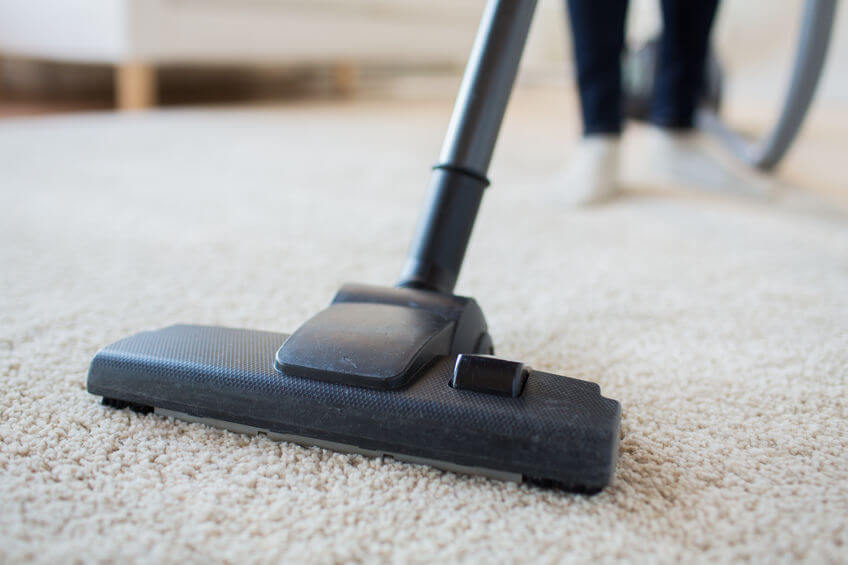
Simple changes in your living environment can make big changes in your household and in your family’s health.
While it is understandable why it is so easy to make rushed decisions when it comes to things like fleas, ticks, lice, scabies and bed bugs, it is more important to educate yourself about what you can do to make your environment less hospitable to them.
Make Changes To Stop The Fleas
If it gets to a point where you have to poison your living environment and move out for your family to be safe for a time, that is not only extreme, but it is also highly likely for it to happen again.
If the environmental problems like moisture are not resolved the infestation will likely return right about the same time it is safe for you to be exposed to your home again.
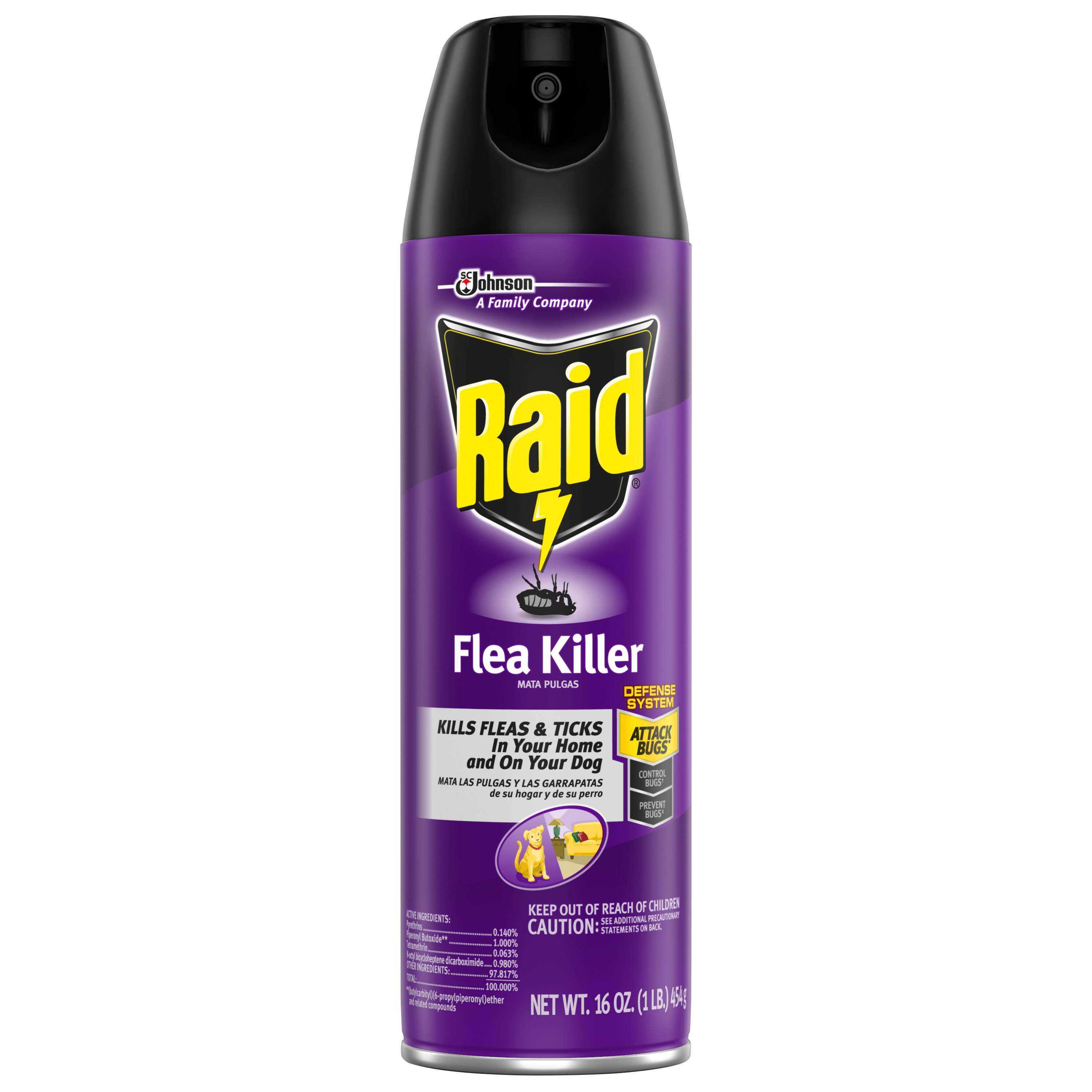
The effect of these chemicals can be cumulative on living organisms, so while one dose may not kill you or disrupt your ability to reproduce, cumulatively over your hopefully long life this adds up, and can increase the likelihood of you developing a broad range of illnesses.
This is not an indictment of Raid Flea Spray.
There may be a time and a place for industrial poisons and their co-agents, but that place is probably not our homes.
It is probably not the places where we live and work.
Convenience and complacency go hand in hand and together they lull you into inactivity, into thoughtlessness.
It is these exact moments when opportunity will find its foothold.
These trials help to remind you to never stop learning.
To always strive to improve your environment while also keeping your family safe.
Remember that we want to support life continuing and thriving.
When you know a better way, when you understand what you can do to protect your home safely, then using poisons to support life makes less sense.
Raid Flea Spray - Overall
As we wage a war against insects and various pathogens our modern chemically intensive methods have run up against some difficulty.
If an organism can evolve to become resistant to an environmental toxin it will do it readily over a few generations.
Antibiotics, insecticides, fungicides and all manner of co-agents used with them industrially cause our environment to change and pathogens and their carriers to become more resistant.
This is necessary for that environment to continue to thrive.
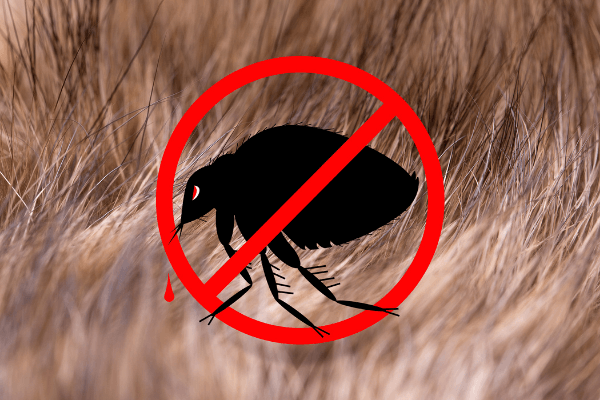
These changes often do an ever increasingly good job at supporting the environmental conditions necessary for those same problems to flourish in their aftermath.
If you do find yourself needing to use a product like Raid flea spray, please use it carefully, and with the necessary PPEs and decontamination times.
Then educate yourself about steps you can take to make your home healthier and less likely to have issues with fleas and other household problems in the future.

